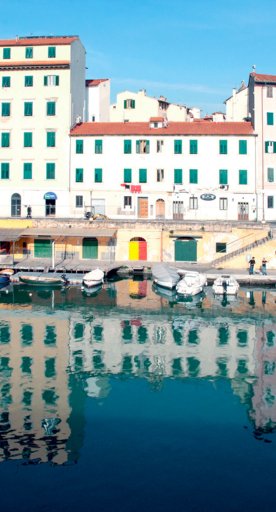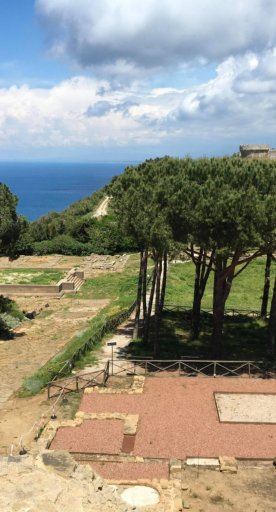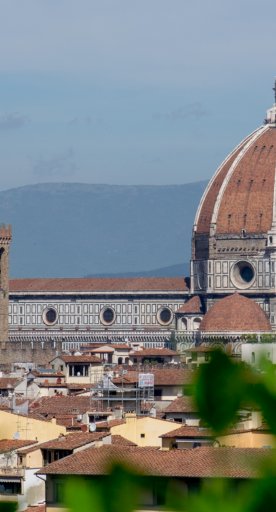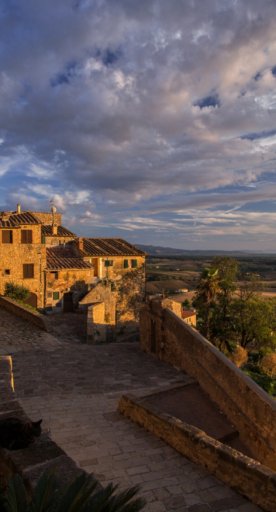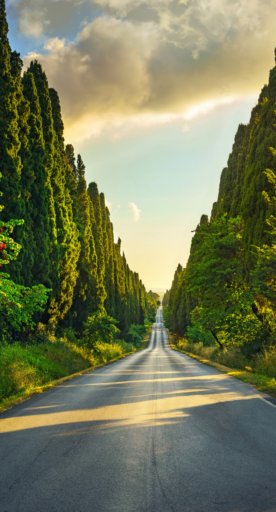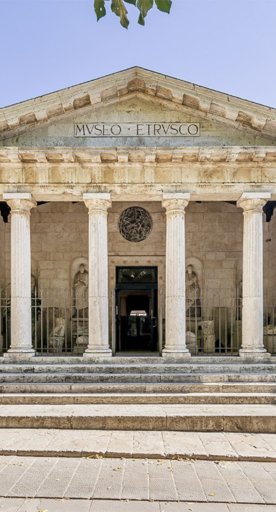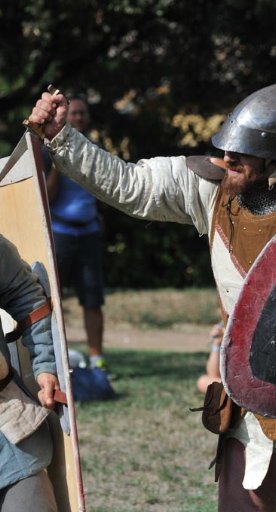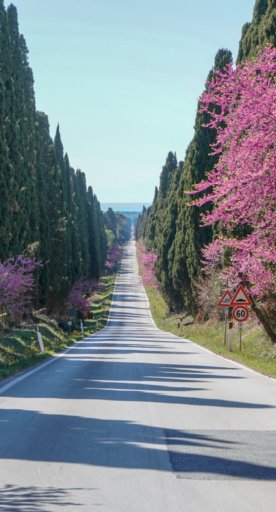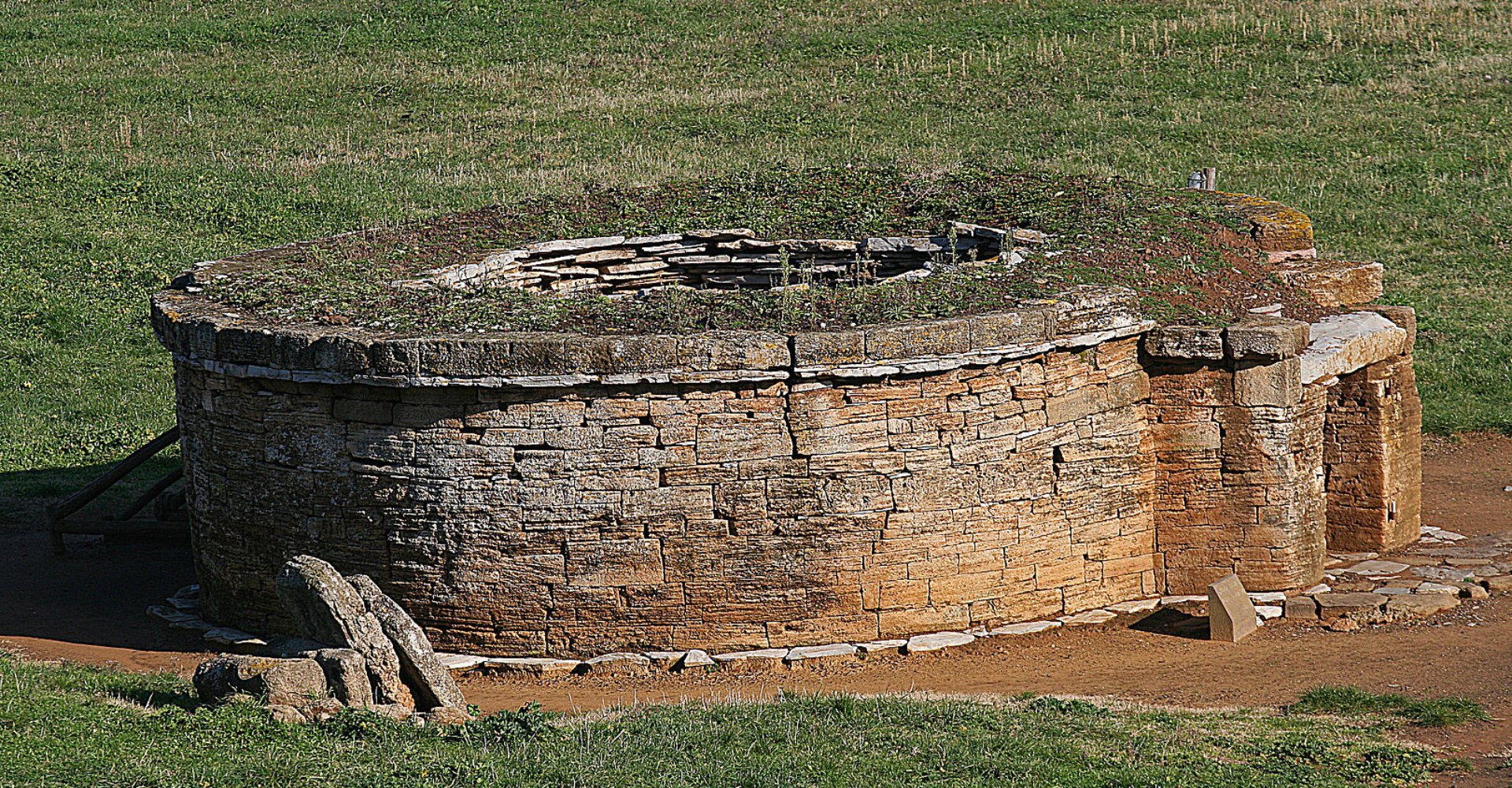

What to see in the archaeological park of Baratti and Populonia
A coastal journey through Val di Cornia, among nature and Etruscan necropolises
The parks in Val di Cornia offer a great chance to unite culture and sport in a single holiday. There are multiple routes that take you through spectacular scenery, in search of what remains of the oldest civilisation to have marked this territory.
One of the most important things to see in the Archaeological Park of Baratti and Populonia is the Necropolis of San Cerbone, where you can see tumuli and burial huts, built between the seventh and sixth centuries BC, and see the evolution of funerary architecture.
The cave necropolis stretches over the hills that face onto the gulf of Baratti. These burial chambers are hewn into the rock, and alternate with quarries used to mine pietra panchina, a local sandstone used in construction work over the centuries.
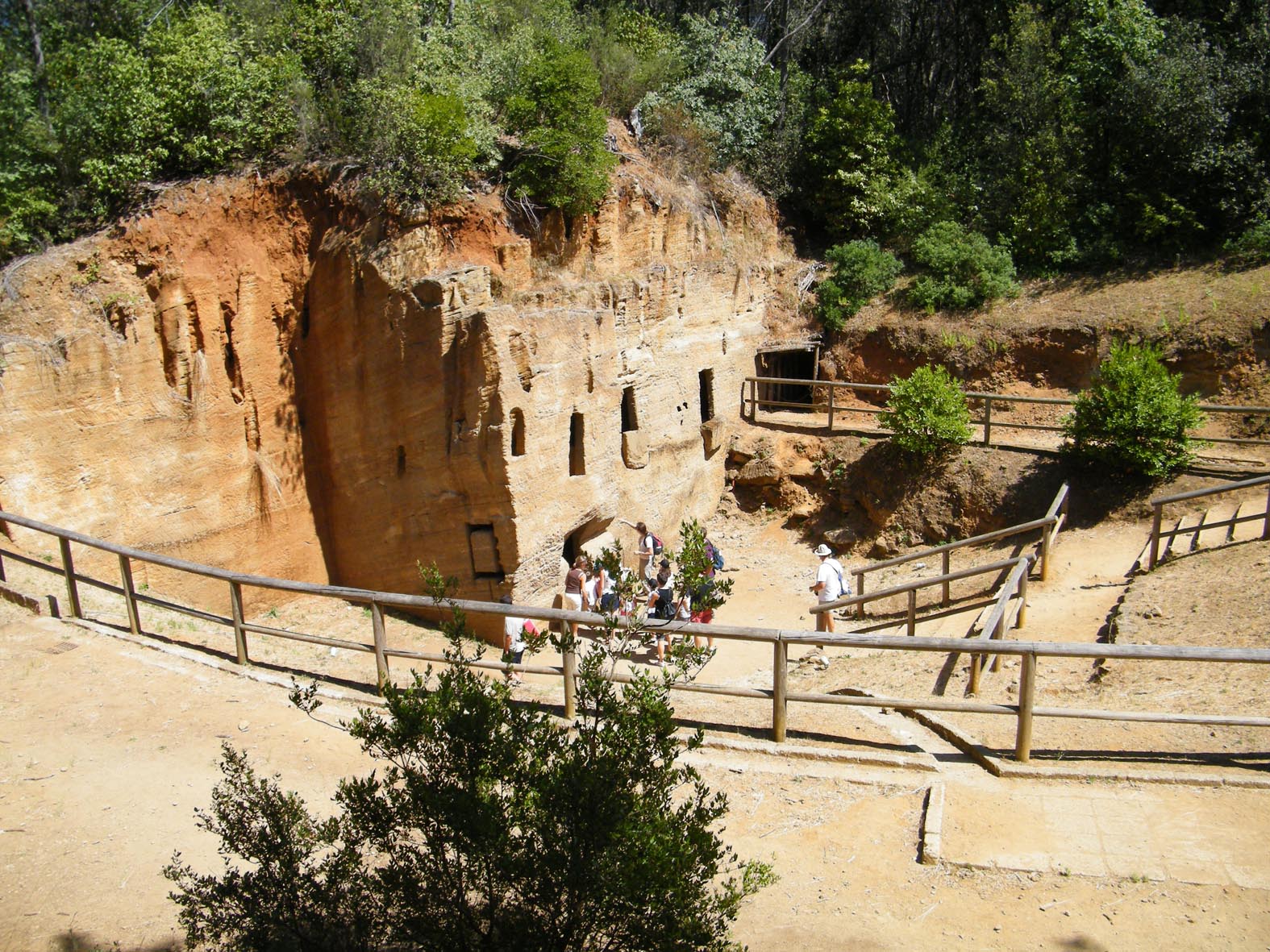
The ruins of important Roman temples stand on the acropolis of Populonia, overlooking a large piazza in the town centre. A cobbled road runs past the Logge, a striking terrace around which other riches emerge from the landscape. Numerous three-dimensional reconstructions and illustrations help the visitor to imagine the power and colour of these structures as they were in the past.
Not far from here, a path leads to the top of the promontory and to the remains of the first Etruscan settlements in Populonia. You can walk along the oldest circuit of walls in the city.
Eventually we come to the Monastery of San Quirico which, hidden in the woods, dates back at least as far as the eleventh century AD. The church and the monastery grounds are dwarfed by the stern tower that stands on the headland.
Archaeological Paths and Routes
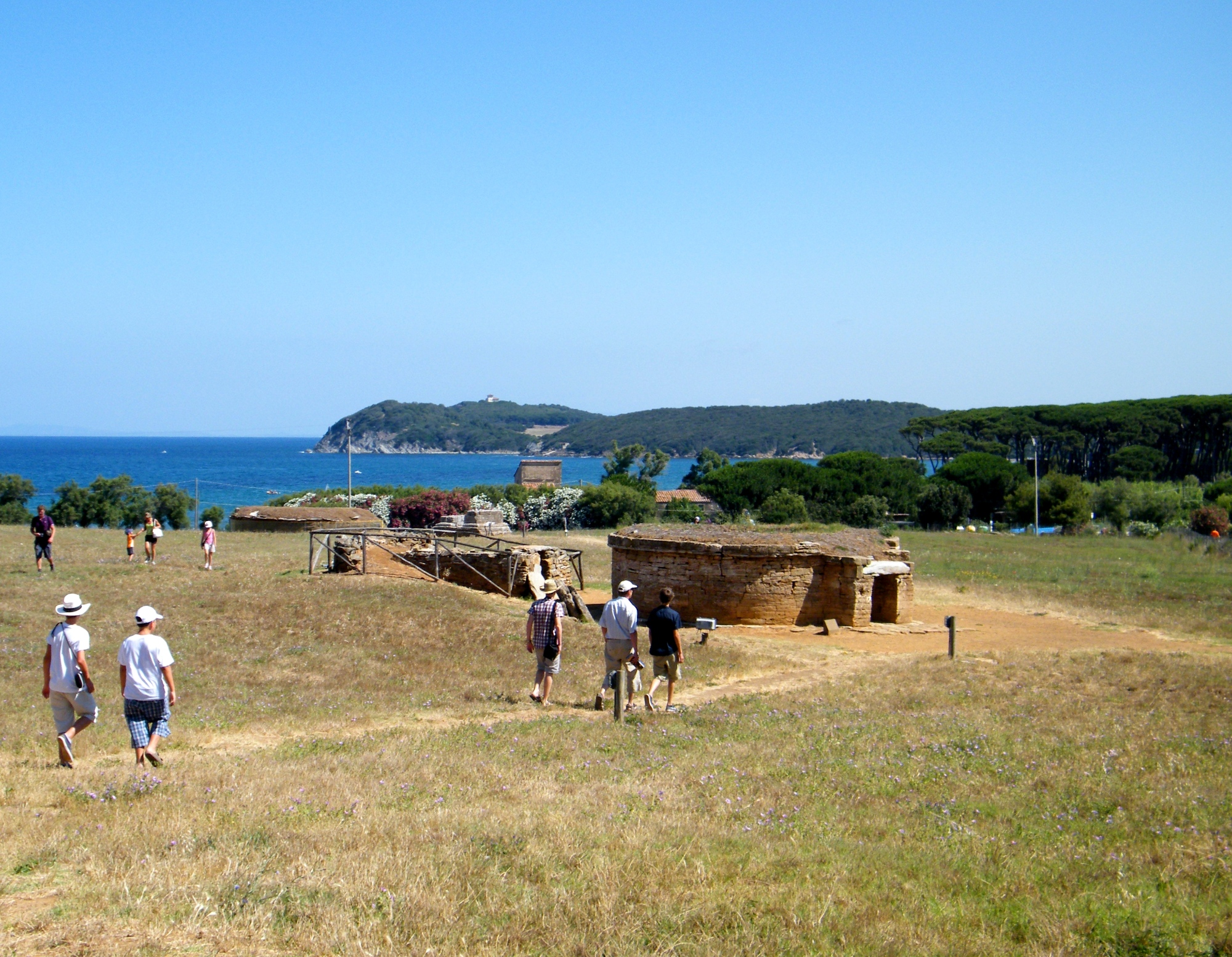
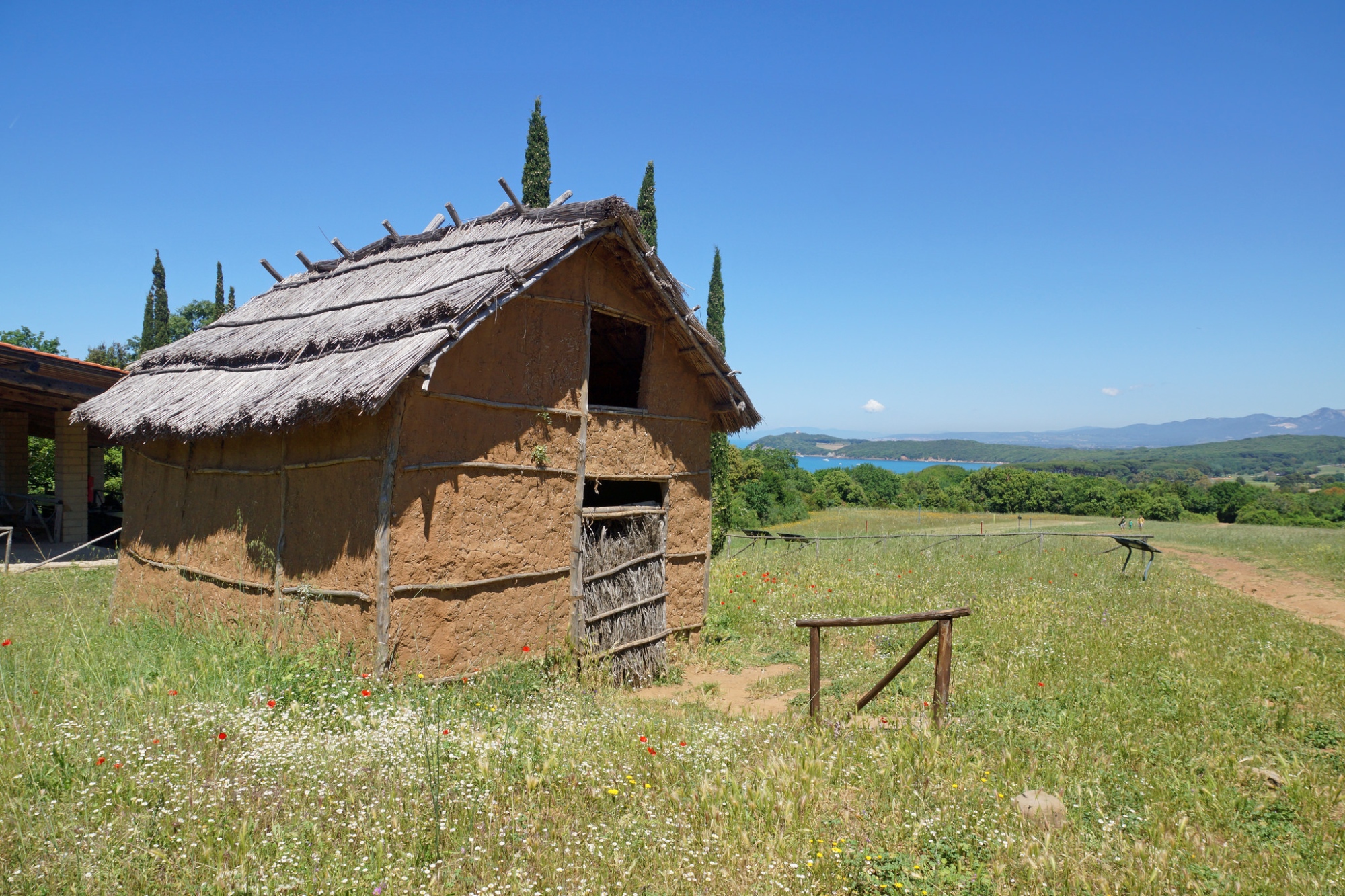
In this area, there are some fascinating archaeological trails waiting to be explored. The first one that we recommend is known as the Via del Ferro (the Iron Way), a journey among the tombs and burial mounds and the ancient buildings connected to ironwork.
Following these tracks opens up a number of ancient walls, behind which haematite used to be smelted. This was a necessary process, which the mineral had to undergo before being put in the ovens.
The Via del Ferro then breaks off into another route, known as the Via della Romanella, which leads to the ruins of the ancient walls of Populonia and then on to the town’s acropolis, via an ancient basalt road which today winds through the woods.
Nor should a walk on the Via delle Cave be missed. This path runs through a thick wood, passing burial chambers hacked into the rock and old quarries for stone to use in construction. From here, you can head towards the opposite side of the promontory, reaching the Benedictine monastery of San Quirico, and then towards the Acropolis of Populonia.






